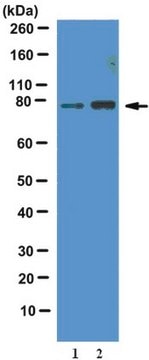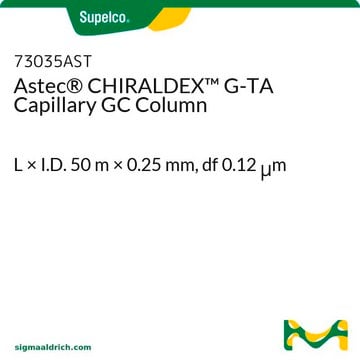07-3230
Diethyl phthalate
SAJ special grade, ≥98.0%
Sinónimos:
DEP
About This Item
Productos recomendados
grado
SAJ special grade
densidad de vapor
7.66 (vs air)
presión de vapor
1 mmHg ( 100 °C)
Ensayo
≥98.0%
Formulario
liquid
temp. de autoignición
854 °F
lim. expl.
0.75 %, 187 °F
disponibilidad
available only in Japan
índice de refracción
n20/D 1.502 (lit.)
bp
298-299 °C (lit.)
mp
−3 °C (lit.)
densidad
1.12 g/mL at 25 °C (lit.)
aplicaciones
microbiology
cadena SMILES
CCOC(=O)c1ccccc1C(=O)OCC
InChI
1S/C12H14O4/c1-3-15-11(13)9-7-5-6-8-10(9)12(14)16-4-2/h5-8H,3-4H2,1-2H3
Clave InChI
FLKPEMZONWLCSK-UHFFFAOYSA-N
¿Está buscando productos similares? Visita Guía de comparación de productos
Código de clase de almacenamiento
10 - Combustible liquids
Clase de riesgo para el agua (WGK)
WGK 2
Punto de inflamabilidad (°F)
338.0 °F - closed cup
Punto de inflamabilidad (°C)
170 °C - closed cup
Equipo de protección personal
Eyeshields, Gloves
Elija entre una de las versiones más recientes:
Certificados de análisis (COA)
¿No ve la versión correcta?
Si necesita una versión concreta, puede buscar un certificado específico por el número de lote.
¿Ya tiene este producto?
Encuentre la documentación para los productos que ha comprado recientemente en la Biblioteca de documentos.
Nuestro equipo de científicos tiene experiencia en todas las áreas de investigación: Ciencias de la vida, Ciencia de los materiales, Síntesis química, Cromatografía, Analítica y muchas otras.
Póngase en contacto con el Servicio técnico





